Due to the war in Ukraine, nearly every European country has increased its defense spending, with many planning to raise it above the NATO-recommended 2 percent of GDP—or have already done so. In Germany, following the outbreak of war, Chancellor Olaf Scholz announced the “Zeitenwende,” or turning point, policy: a 100-billion-euro fund was established to rapidly develop the Bundeswehr. This is urgently needed, as Germany—despite producing world-class weapons—has traditionally refrained from large-scale military buildup due to its role in the two World Wars. However, the goal is now clear, with Defense Minister Boris Pistorius speaking of building a war-ready or war-capable (“Kriegstüchtig”) military.
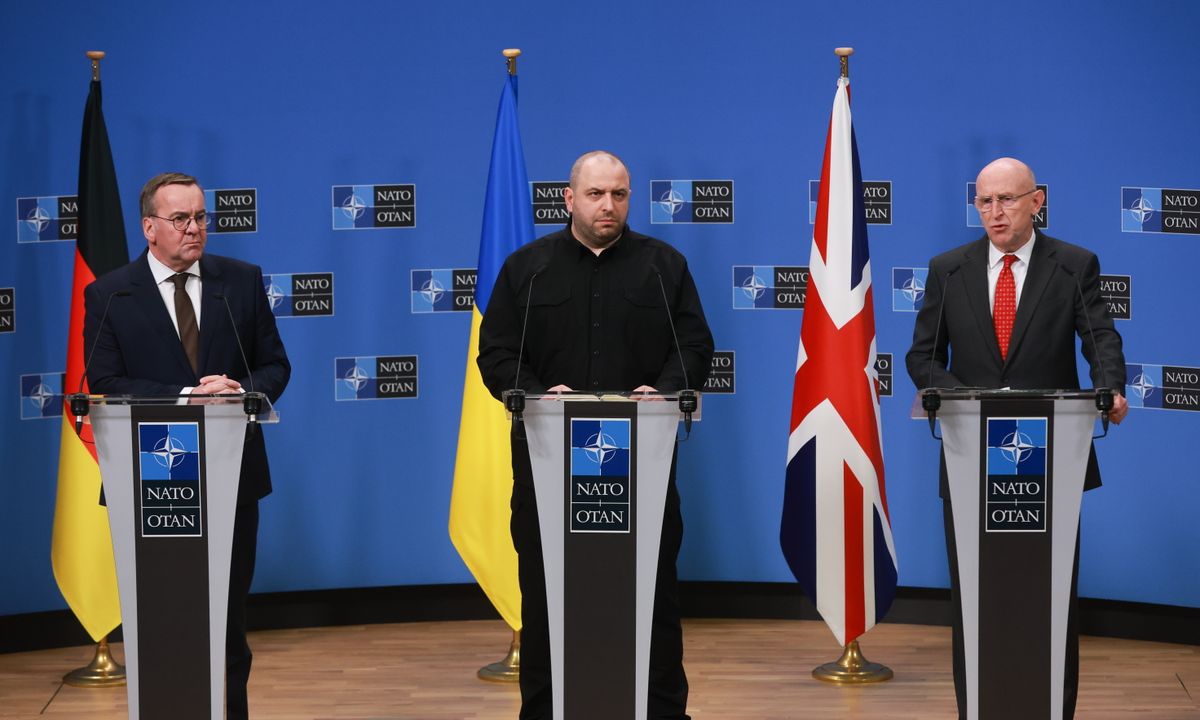
France has also begun major military upgrading. In 2023, the parliament passed the military planning law for 2024–2030, allocating a total of 413 billion euros for defense. This means France’s annual defense budget will increase significantly not only in nominal terms but also proportionally—spending is expected to surpass 3 percent of GDP in the coming years.
Poland has become the most actively militarizing European country since the war began. In May 2024, it announced the details of the “East Shield” program, worth 10 billion zloty (2.5 billion dollars), aimed at beefing up defenses along its border with Belarus and Russia. This has become especially critical since Belarus and Russia, as part of hybrid warfare, have repeatedly attempted to destabilize Poland’s eastern borders by pushing waves of migrants across since 2021. In 2024, Warsaw ramped up defense spending to over 4 percent of its economic output, the highest proportion in NATO after the United States and Greece.
Having given up its traditional neutrality and joined NATO in 2023, Sweden raised its 2024 military budget to around 120 billion Swedish kronor (11 billion dollars), nearly double the 2020 level. This brought it to the 2 percent GDP threshold in 2024, and a multiparty defense committee proposed further increases to 2.6 percent by 2030.
Estonia, Latvia, and Lithuania—NATO’s Baltic members bordering Russia—had already surpassed 2 percent of GDP in defense spending by 2022. Collectively, they aim to exceed 3 percent in the near future. Estonia allocated about 3.2 percent of GDP to defense in 2024, Lithuania plans to reach 3 percent by 2025, and Latvia aims to meet the 3 percent target by 2027.
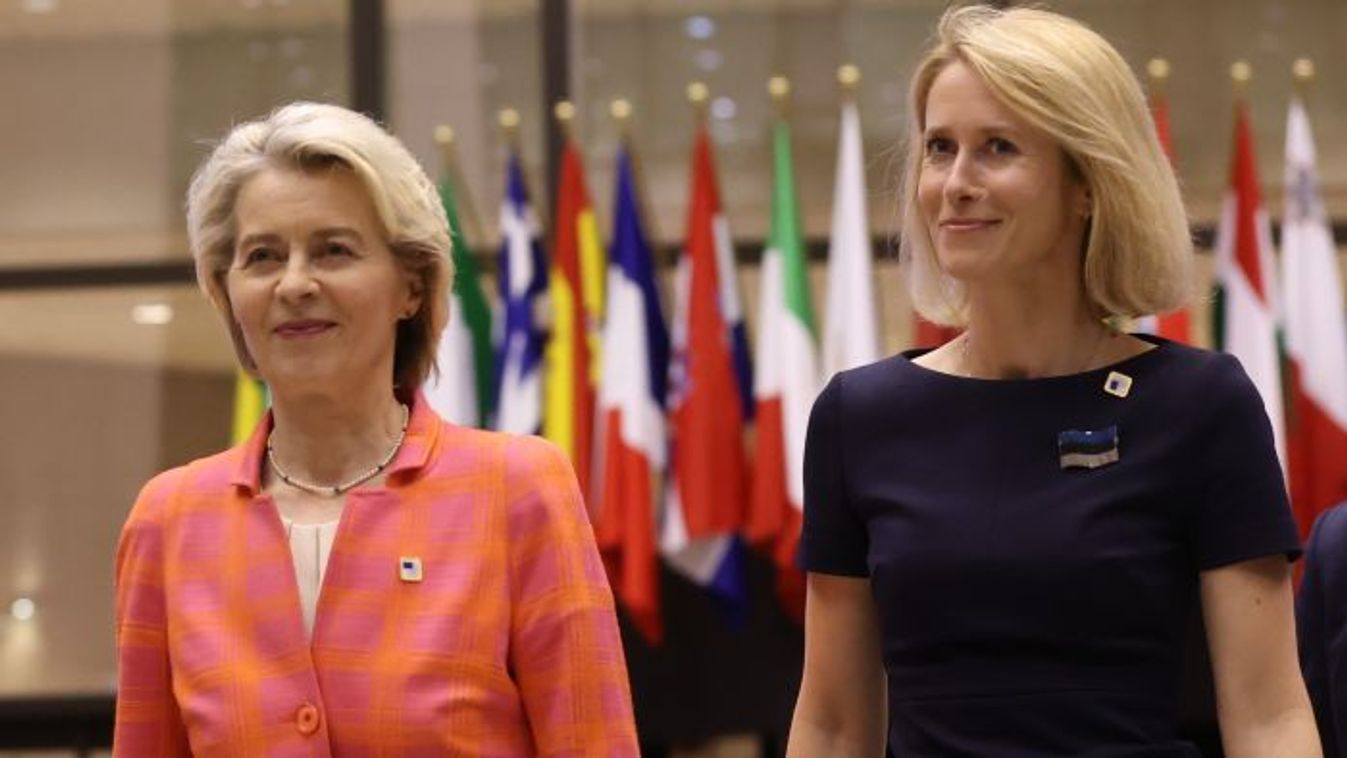




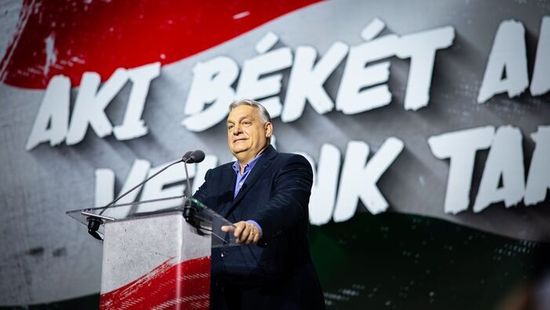




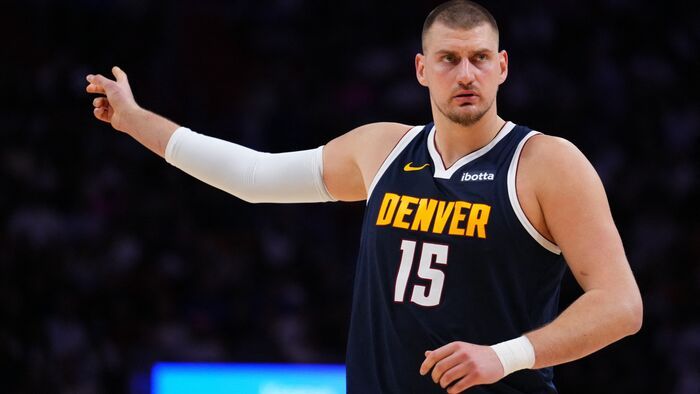



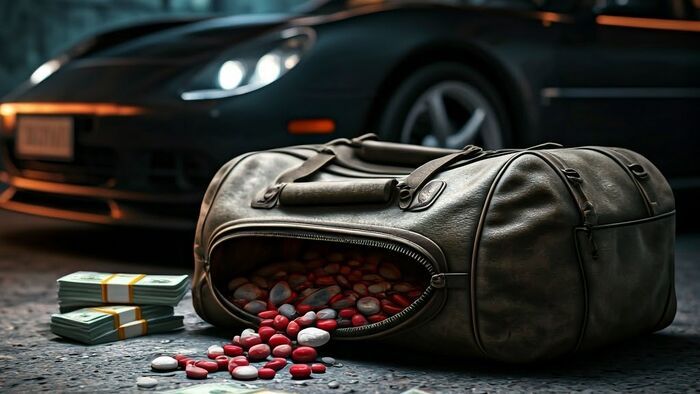
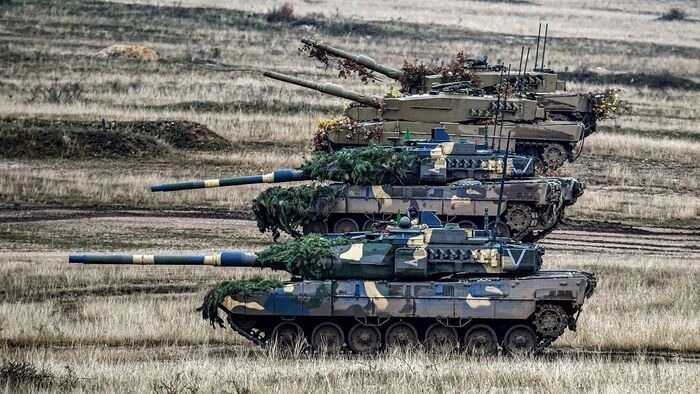


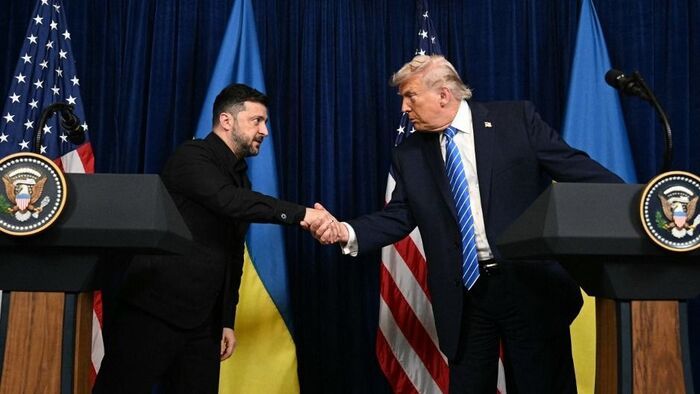
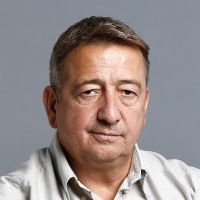




Szóljon hozzá!
Jelenleg csak a hozzászólások egy kis részét látja. Hozzászóláshoz és a további kommentek megtekintéséhez lépjen be, vagy regisztráljon!